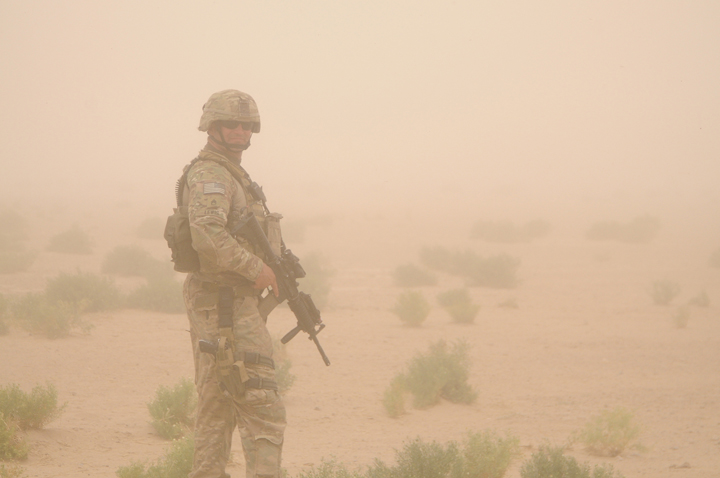By Joe Young
What happened to the Russian airliner that crashed in Egypt’s Sinai Peninsula? If the Egyptians have their way, it was Russian mechanical failure. Terrorism has predictably depressing impacts on tourism. An already struggling Egyptian economy does not need further instability harming a direct source of hard currency. If the US and UK claims are correct, the plane was brought down by some form of explosive device. UK intelligence suggests this was an ISIS connected plot.
The Egyptian ISIS affiliate claims responsibility for the attack. Can we believe them? Here are some things we know about credit claiming.
- Few attacks are ever formally claimed. Sometimes groups can be afraid of the public backlash, sometimes they operate in an environment where claiming is unnecessary, and sometimes claiming could lead to massive retaliation. Regardless of the reasons, as data from the Global Terrorism Database show, an overwhelming number of attacks since 1998 have not been claimed.
- The number of claimed attacks is declining. Related to the poor record of claiming, we see a general decline in groups taking credit for attacks. Again, this could be the result of the increasing brutality of events, the structure of competition among groups, and many other reasons. What we can say confidently is that claiming was rare and is becoming even more unlikely.
- Groups lie. While an ISIS affiliate has claimed credit for the attack, would they lie about it? My research with Erin Kearns and Brendan Conlon offers various logics for why groups claim false credit. The conventional wisdom in terrorism studies prior to 9/11 was that groups wanted a lot of people watching and not a lot of them dead. The mass casualty style attacks like 9/11, Mumbai, London, etc. show that this logic has changed.
Our account of the strategic logic of falsely claiming offers a number of plausible reasons for why ISIS would lie about an attack. A group may lie to deflect blame for an especially brutal attack, what we call The Hot Potato Problem. This is not the issue here.
First, a group may take credit when they did not do it as the attack was successful and they can reap rewards without actually exerting effort. Second, the group may falsely claim credit as it is difficult for leadership to know what foot soldiers are actually doing—a situation we call The Principal-Agent Problem. Principal-agent problems are rampant in understanding collective action in contexts from business to voluntary associations as well as violent organizations. Leaders have to delegate power, operations, and implementation to subordinates. If observation and supervision of these subordinates is difficult or limited, which is the norm among violent groups, then principal-agent problems are likely. In short, a member of an ISIS affiliate could claim to ISIS HQ that they brought the plane down. ISIS HQ has to trust that the information is accurate with little oversight even though it could be false.
The investigation over the next few weeks should be able to resolve the debate over the cause of the crash. Mounting evidence suggests a bomb brought the plane down. We should be wary, however, in trusting these public claims and continue to gather evidence for attributing responsibility for this act of violence.







8 comments
A credible claim of responsibility would offer specifics that can be confirmed afterward under forensic examination, such as where the bomb was placed.
Why does the chart shows just the area from 10-18%?
Casual observers will just get the impression that the percentage varied highly from year to year. That is neither true, nor the intention of the author.
I find it especially irritating to show charts, where the highest column is 1200 % bigger than the lowest, when the data shows just an 75% increase.
Thanks for reading Bjorn. 10-18 is the min/max for the data range. We could show 0-100, but this technically out of sample. This is a debatable point but in my estimation it is more honest to show the actual range. We care less about % change year to year. The graph is showing that there is a general decline over time, something the graph would show regardless of the Y axis range.
Great article, Joe. I really enjoyed reading this. I would add that to better understand credibility of the claim, we might be well served if we at the institutional organization of the terror org in order to glean some effective costly signal or cheap talk. For ISIS, that’s another article to post 🙂